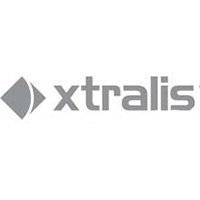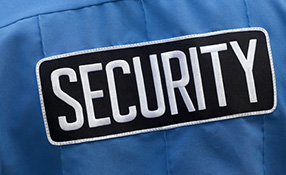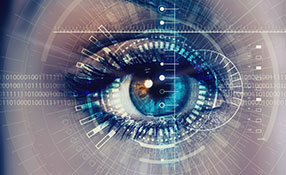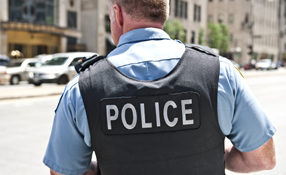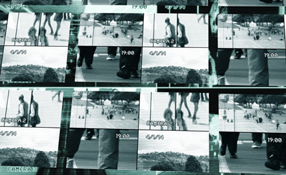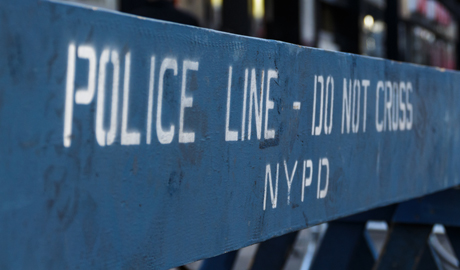 |
| Body worn cameras help to provide better evidence documentation, increased accountability and transparency in law enforcement |
Forensic recordings – or the audio and video recordings from 911 calls, traffic cameras, CCTV systems and more – are virtually everywhere. However, in most cases the devices are static and fixed and often do not provide immediate or real-time information on incidents or pending threats. For example, the Boston Marathon bombers were seen on multiple cameras after video feeds following the incident were analyzed – but those forensic recordings did not help in preventing the tragedy or providing more real-time information.
Shooting Of Michael Brown
Technology continues to transform our lives, and is changing the way law enforcement officials do their jobs by providing them with better real-time solutions. Rewind to August 9, 2014 in Ferguson, Missouri. Michael Brown, an 18-year-old black man, was fatally shot by Darren Wilson, a 28 year old a white Ferguson police officer. The tragic incident resulted in an uproar of riots and accusations in part because the eye-witness accounts varied drastically. Could the outcome have been different or could the evidence have been clearer, if live situational awareness technology (streaming or recording) had been in place?
Variety Of BWC Applications
Two years ago, only a handful of police departments used body worn cameras (BWC). Today, there are various estimates that put the number of law enforcement agencies using, or investigating BWCs at as many as 6,000 out of 18,000 nationwide. The technology helps to provide better evidence documentation, increased accountability and transparency.
Estimates put the number of law |
The development of body worn solutions was born out of the need to satisfy the growing demand for added surveillance with remote access to live video and GPS location information in overt and covert environments. This technology works to improve security for people in the field, and allows supervisors to coordinate tactical operations involving multiple agents. Bottom line: It gives law enforcement the ability to have dangerous situations or threats contained as quickly and safely as possible for all parties involved.
Body worn technology can be used in a variety of ways based on the needs of the application, and installation can vary from a camera mounted chest or shoulder height, helmet mounted camera, attached to a backpack or belt and more. Most recording devices have a lightweight design, weighing only 10.5 ounces or less than an iPad mini. Therefore, it doesn’t add significant weight to the law enforcement officer’s uniform allowing him or her to move quickly and efficiently. Body worn solutions also can be designed with a second head or chest camera, and the battery powered units can contain a removable compact flash card for digital evidential quality recording, which makes the systems ideal for police or agents who require evidential recordings of interactions and interventions with suspects.
However, it’s important to note that prior to putting any equipment into everyday use, department officials should complete a policy guiding officers on when to activate the cameras, when not to, who can access the resulting footage and when, and how the collected data will be stored.
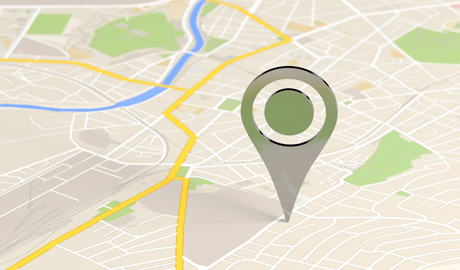 |
| Additional capabilities of BWCs should include a built-in GPS receiver, so command & control can track and map the exact location of individuals in the field |
Other Advantages
BWC users can monitor either live or recorded video and/or audio footage from any remote location via mobile phone connectivity. In addition, the live streamed and recorded video, combined with the bi-directional audio capability, allows an operations command center to interact with the user on location and assist with the response and/or intervention. Live bi-directional audio and video streaming capability can allow higher ranking officials, who may be remote, to interact and provide assistance in next steps. Live transmission of video and audio can also allow supervisors or a monitoring station staff member to respond proactively and appropriately to the situation at hand.
Body worn technology should be |
Body worn technology should be designed to operate on all of the latest mobile phone network technology, and can be programmed/interfaced to work with any industry standard camera, including providing the ability to be easily upgraded to meet changing requirements. Additional capabilities should include a built-in GPS receiver, so command & control is able to assist remote law enforcement (emergency responders) by tracking and mapping the exact location of individuals in the field and helping to speed accurate & appropriate assistance. The precise position of multiple agents, combined with their respective live video and audio feeds, allows supervisors to assess a situation in real-time and make decisions accordingly.
Finally, access to an alarm button allows agents to notify the supervisor that they need immediate assistance. At the end of an operation, data is easily being backed up for evidential purposes, reducing administration time.
What if Officer Darren Wilson had used this technology? Would the vital intelligence that was lacking through witness-only accounts been clearer? Would the outcome have been different? Live situational awareness technology will continue to help both law enforcement and the citizens they are hired to protect and serve.
